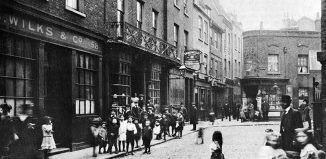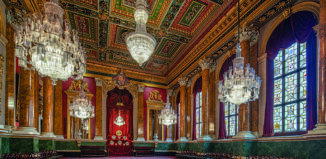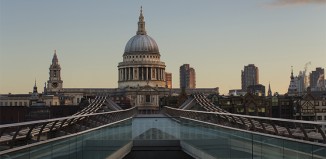View interiors throughout history at The Geffrye Museum of the Home
Angharad Moran
Let’s be honest, we all like having a good old snoop around other people’s houses; whether we’re admiring furniture and ornaments we’d like to have in our own homes or tutting at the dust accumulating on the picture frames. The Geffrye museum allows visitors to go through the keyhole and explore a range of interiors throughout history spanning over 400 years.
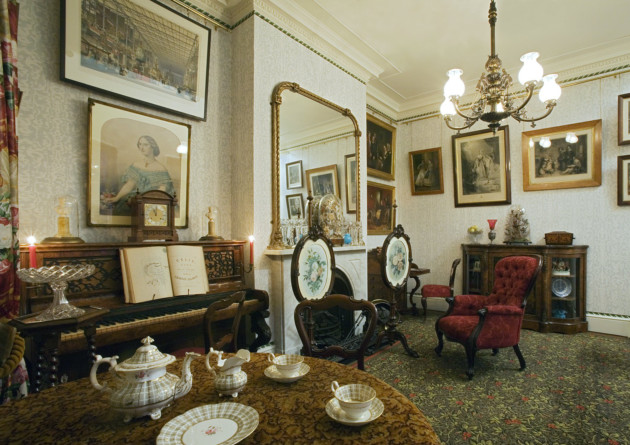
1870s drawing room. Copyright Geffrye Museum, London
Each of the museum’s 11 rooms has been created to represent a different era, from kitsch 1960s design to a lavish 1830s drawing room. The museum was first opened in 1914 with the aim of inspiring those employed in the East End furniture trade, but by the 1930s the industry had moved on from the area and the museum started to turn its attention towards a family audience. Further collections of furniture, paintings and decorative art have all been added to the museum over the years, a new 20th century wing has been developed and an almshouse has been restored and furnished to allow visitors to witness the living conditions of pensioners in the 18th and 19th centuries. As well as the interiors, there are also a range of period garden areas which are accessible from April to October and which compliment the different interiors.
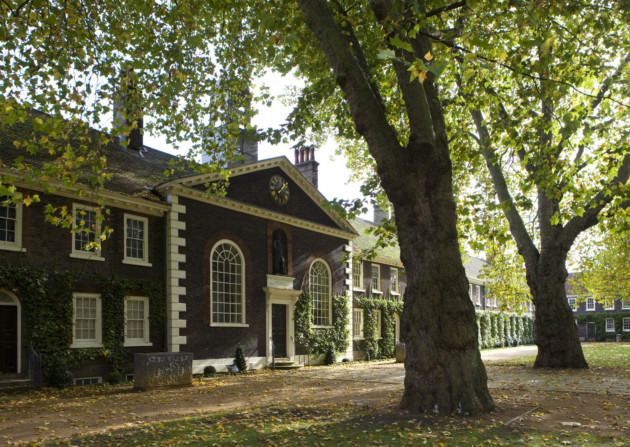
The Geffrye Museum. Image by Jayne Lloyd
Learn more about six of the museum’s period rooms
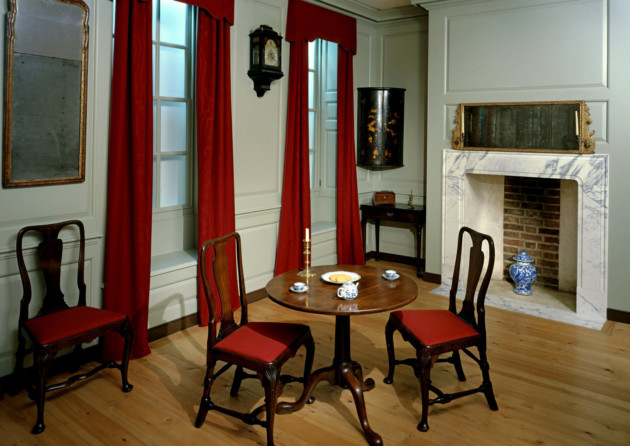
1745 parlour. Copyright Geffrye Museum, London
1630s hall
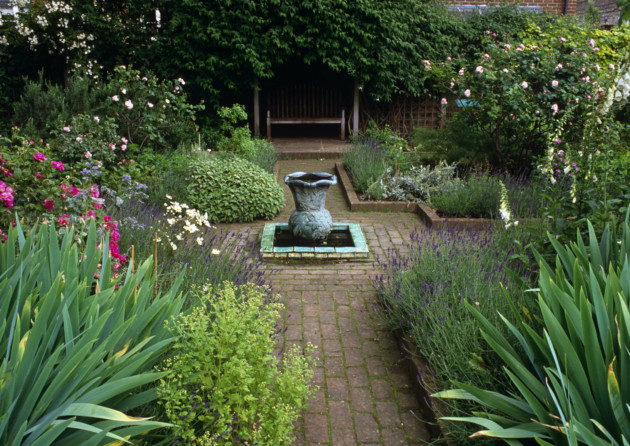
The Geffrye Museum garden. Copyright Geffrye Museum, London
Demonstrating this room’s importance as the hub of the household, the hall is lined with replica oak panelling and filled will sturdy furniture that would have been both practical for constant everyday use and suitably impressive for receiving guests. The design of the room is based on a sketch of a property that was one of the few houses to survive the Great Fire of London in 1666, although it has since been demolished!
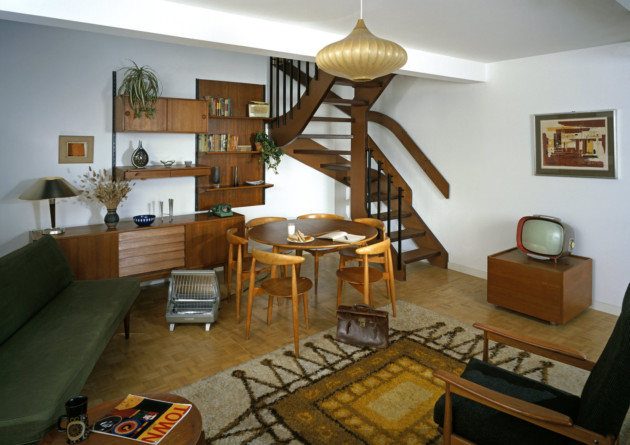
1965 living room. Copyright Geffrye Museum, London
1740s parlour
The fine, elegant furnishings present in this room allude to its importance within the house as the main room where the family would gather, greet guests and enjoy meals. The formality of the parlour required those who entered it to conduct themselves appropriately and follow a social code that covered everything from the correct way to stand and take tea to the intricacies of how to make conversation.
1830s drawing room
The striking blue walls and soft furnishings of this room highlight the period’s fashion for unified colour schemes with matching upholstery often being made from the same fabric. The upper class fashion for retiring to ‘withdrawing rooms’ after dinner was being adopted by the middle classes at this time, although the name was shortened to ‘drawing room’. The room would also have been used by female members of the family as a quiet space where they could read, paint and play music.
1930s living room
Compared to the example of 1830s vibrant blue décor, the 1930s living space was a mix of muted colours and pale paint schemes. Few furnishing adorned the rooms compared to earlier periods and modernist clean lines and clear surfaces were all the rage. The museum’s example from this period comes in the form of a small, purpose built London flat that were being developed at the time.
1960s living room
This open-plan living area was typical of the town-houses at the time. The fashion was for contemporary furniture influenced by Scandinavian interiors and Danish design which opted for plain and simple wooden furniture. It was during this period that low coffee tables were introduced to provide a surface for snacks that wouldn’t obstruct the family’s view of the television which had replaced fireplaces as the focal point of the room.


